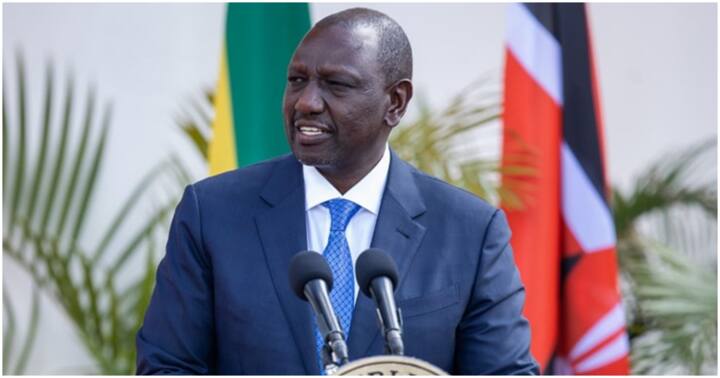A Cabinet of Curiosities
President William Ruto's first cabinet was announced after some delay on 27 September, and a curious collection it was. With 22 cabinet secretaries, plus the President, Deputy President and the Attorney General (ex-officio), there are 25 seats at that august table. So, let's take a look at Ruto's choices.
First, only four of 25 have held ministerial level office before (Ruto himself, Musalia Mudavadi, Davis Chirchir, Simon Chelugui). It is not a cabinet with much experience in governing. Mudavadi's elevation to Prime Cabinet Secretary gives the government gravitas, but its not obvious he had much influence on his colleagues' selection and how much actual power he will wield remains to be seen, especially as his role and that of Deputy President Rigathi Gachagua overlap significantly (just as Ruto and Fred Matangi's did before). Only one of Kenyatta's CS's (Chelugui) was retained and continuity was not seen as of value.
Second, Ruto did not attempt to poach from Azimio and did not reward any recent defectors to his side, seeming to focus on loyalty more than rewarding or winning more short-term support. Third, he appointed 7 women of 23 selected posts, fewer than expected and less than one third, and his choices were in some cases quite surprising.
Fourth, the ethno-regional calculus followed a familiar pattern, but with some oddities. Firstly, two of his nominees do not disclose their ethnicity directly - Zacharia Njeru was born in Nakuru slums and is probably Kikuyu or Meru; Rebecca Miano's origins are unknown. Putting them aside, it seems an ethnic calculus was followed much as most Kenyan cabinets have done, with the President's Kalenjin largest at five seats (not surprising), the core of his victory the Kikuyu next (four), then the Luhya three, Mijikenda, Meru and Kamba two, and Maasai, Somali, Mbeere, Luo and Gusii one each. But the Kipsigis Kalenjin have three and the Nandi none, which is odd to say the least. And the northern and southern pastoralist representation is not strong.
Of the 23 appointees, only three could be considered technocrats - Njuguna Ndungu (ex-CBK Governor) at the treasury; Miano (ex-KenGen CEO) and - generously - Chirchir (KPTC and IT). At least 13 are active politicians who stood for county level seats in 2022, most of who lost. Clearly promises were made and needed to be kept, to some at least. Other close political allies - like Josephat Nanok in Turkana and Ndindi Nyoro in Murang'a - were potential candidates but did not fit in, for unclear reasons. But it is a political cabinet above all else.
In terms of backgrounds, it is a cabinet of lawyers (Attorney General Justin Muturi, Kipchumba Murkomen, Moses Kuria, Kindiki Kithure, Rosalinda Tuya, Alice Wahome, Miano), communications experts (Alfred Mutua, Eliud Owalo, Kuria), self-made businessman (Ruto himself, Franklin Linturi, Njeru, Aisha Jumwa, Aden Duale, Chelugui) and procurement specialists (Chirchir, Susan Wafula). It is not (with exceptions) a cabinet of captains of industry or government insiders.
Finally, why we have Wafula, Njeru, Peninah Malonza and Florence Bore in the cabinet at all is a puzzling question. They appear to have few special skills or life experiences and all will struggle to make a mark at this level.
So, overall, a conservative cabinet (dominated by well known allies), a political cabinet (with few technocrats) and a curious one.

